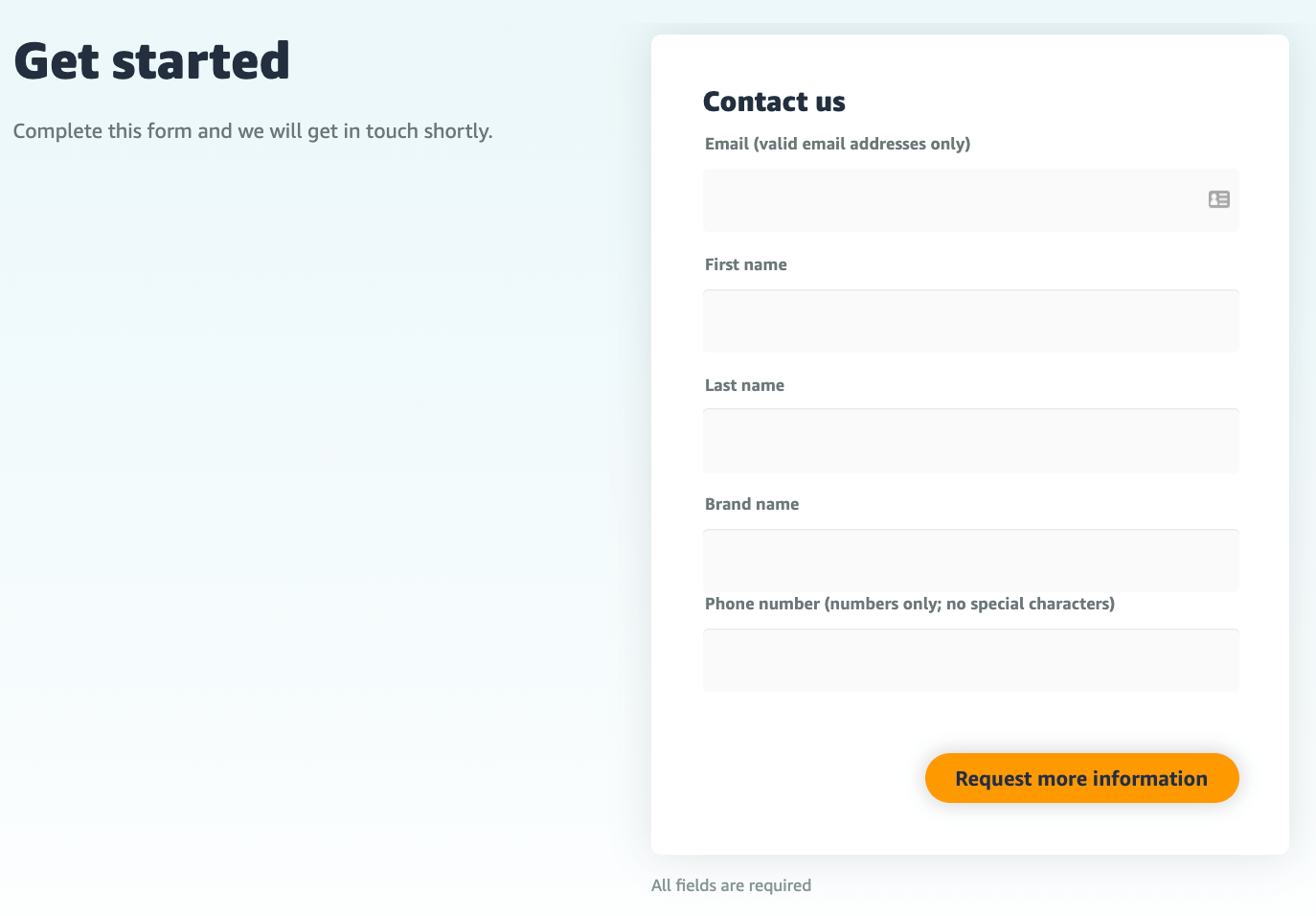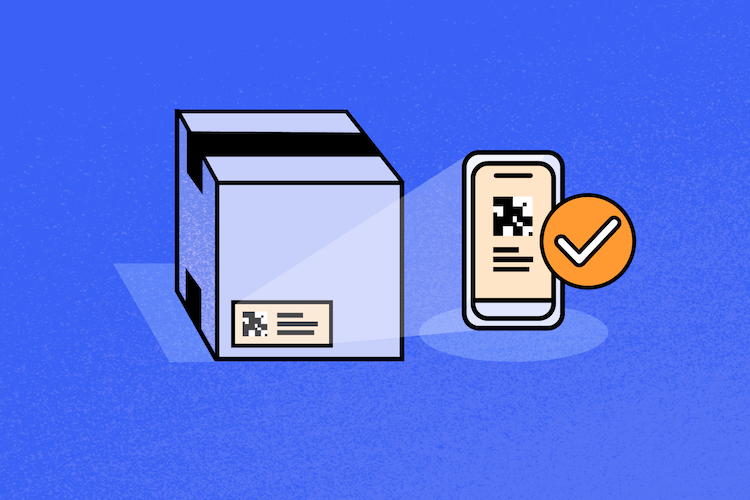Counterfeiting is a serious issue and something that Amazon does not take lightly. Brand owners need to take every measure to ensure that your products and brand are protected from counterfeiters.
Over the last several years, Amazon has experienced backlash from the media over reports of counterfeit products being sold through their marketplace.
Corner-cutting manufacturers have flown cheap counterfeits under the radar on Amazon thanks in part to the first-sale doctrine, which allows third party sellers to legally relist trademarked items. The sale of low-quality, fake products leads to bad customer experiences, which in turn harm a brand’s reputation.
Brand-registered sellers can leverage Amazon’s Transparency Program to protect their brand’s reputation and ensure that customers receive real products—not counterfeits.
What is the Amazon Transparency Program?
Transparency is a product serialization service that enables Amazon to authenticate each item before it is shipped to the customer. Amazon introduced the Transparency Program in 2017 as a way to combat the growing threat of counterfeit products.
Protected products must pass the Transparency authentication check in order to reach the delivery stage of Amazon fulfillment. This is true no matter if they’re sold by the brand owner or a third-party seller. So if another seller “hijacks” a listing and tries to sell counterfeit products, their fakes will be flagged by Amazon and won’t reach the customer. This program ensures that the end customer receives the authentic product they ordered, not a cheap knock-off.
Amazon has been slowly enrolling new brands, and Transparency is now available in the following marketplaces: United States, Canada, Germany, France, Italy, Spain, the United Kingdom, Japan, Australia, and India.
Benefits of the Transparency Program
1. Protect your at-risk products
If you have a best-selling product or sell a high-value item, there’s a chance a black hat seller may try to sell a counterfeit version. Products at a high risk of being counterfeited include electronics, apparel, watches and even popular toys. That said, it can happen in any category. Transparency prevents hijackers from selling on your listing, as they won’t have the unique codes that Amazon generates for your products. If another seller attempts to sell your product and cannot provide a valid transparency code, that item will be flagged as counterfeit.
2. Prevent potential damage posed by counterfeits
Counterfeiters and black hat sellers can cause significant damage to your Amazon business if you don’t protect yourself. One risk is a counterfeit seller undercutting you on price, skimming hundreds or even thousands of dollars from your listing. Another risk: a buyer complains about receiving an inauthentic product, and Amazon shuts down your listing for investigation. The longer your listing is shut down, the more money you lose.
3. Protect your brand’s reputation
If a customer ordered and received a counterfeit item, they’re likely to be unhappy. The last thing you want is for that customer to leave a negative review about receiving a fake. This could tarnish the reputation of your brand, discourage purchases from potential customers, and destroy your listing’s performance.
How the Amazon Transparency Program works
Transparency utilizes a complex product labeling system to proactively prevent counterfeits from reaching customers. Amazon provides companies with Transparency-enabled barcodes that denote authenticity. Companies are then required to apply these codes to every manufactured unit of a protected product—even if they won’t be sold on Amazon.
Unlike UPCs or GTINs, which are specific to your brand and product, the Transparency code is unique to the individual unit. So if you manufacture 1,000 units, Amazon will generate 1,000 unique codes—one for each unit.

Before shipping any order to a customer, Amazon will look for and scan the unit’s barcode to ensure authenticity. Any unit that does not have a barcode or fails the authentication check will be investigated as a potential counterfeit.
Amazon also offers a Transparency mobile app that customers can use to easily authenticate Transparency-protected products purchased online or in-store. Upon scanning the code with a smartphone, the app will display a green check mark if the code is valid and a red “X” if it’s not.
Brands can share additional unit-level product information such as manufacturing date, manufacturing place, and enhanced product information (e.g., ingredients) with customers through the app. This helps provide greater transparency and builds trust with your customers.

How does Transparency work for sellers who use FBM?
When selling on Amazon, you have two options to fulfill your orders: Fulfillment by Amazon (FBA) or doing it yourself through Fulfillment by Merchant (FBM). Utilizing FBA allows you to store your inventory at Amazon’s warehouses. When a customer places an order, Amazon will pack and ship it for you.
If you choose FBM, you’ll need to provide Amazon with a Transparency code for every Transparency-enabled unit you fulfill. That way, Amazon can verify that only authentic units are shipped to customers. Amazon will generate the codes for you, but you still need to let them know which ones you end up using for your FBM orders.
Remember that each FBM unit shipped will need the unique transparency barcode on the product packaging.
How to enroll in Amazon Transparency
Before enrollment, sellers will have to meet certain requirements set forth by Amazon.
Requirements to enroll in Transparency
- You must be brand-registered and have the ability to verify yourself as the brand owner for your products.
- You’ll need a Global Trade Item Number (GTIN), such as a UPC or EAN barcode on your products.
- You must have the ability to apply unique Transparency codes on every unit you manufacture.
If you meet all of these requirements, you can click on the “Get Started” button on Amazon’s Transparency page.
You will then need to fill out a short form. When you’re done, click “Request more information.” Amazon will then contact you about enrollment.

Once accepted into the program, you can pick and choose which products you’d like to protect with Transparency codes. You may want to prioritize at-risk products first, instead of enrolling all of your listings at once.
How much does the Transparency program cost?
Brands can expect to pay anywhere from $0.01 to $0.05 per barcode, depending on the quantity of units. Let’s say you have 1,000 units of your product. According to this pricing scheme, You’d be on the hook for a maximum of $50 for Amazon-backed authenticity checks.
I’d argue that that’s a small price to pay, considering how much time and money you stand to lose to counterfeiters.
Another cost to consider when implementing Transparency authentication is your labeling cost. You can always choose to apply Transparency barcodes yourself. Or you could streamline the process by asking your supplier to label your packaging during manufacturing.
Start protecting your brand
Counterfeit products can seriously damage consumer trust in your brand. You can take proactive steps to keep every one of your customers happy by ensuring they receive the authentic products they expect.
If you’re a brand-registered seller, check to see if you meet the requirements to enroll in the Transparency program, and get started protecting your brand today.
Have you dealt with counterfeiters as an Amazon seller? Tell us about your experience in the comments!

 24 Comments
24 Comments
24 comments on “Should You Enroll in Amazon’s Transparency Program?”